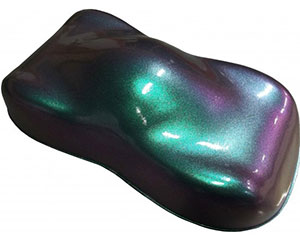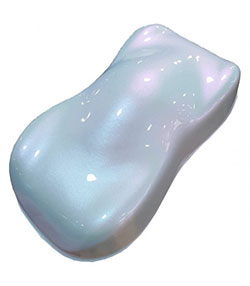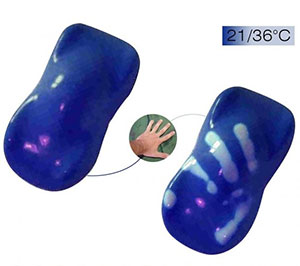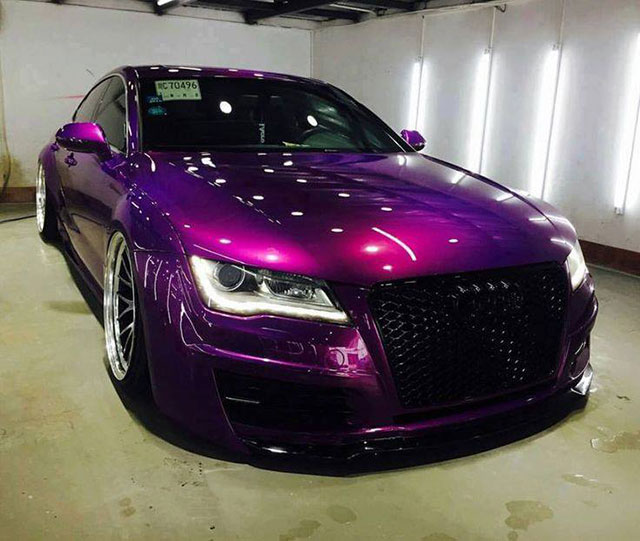We explain the main types of paint available for your special effect car and give you our tips for choosing.
Special effect paints for the body are very impressive and are naturally very attractive products for both professional and consumer customers. And manufacturers have long understood this, offering customization options for their customers, with many possible color combinations. They range from metallic and pearl paints to special effect car paints from the most exclusive brands.
In this article, we will talk about the differences between the types of special effects car paints.
Table of Contents
What are the types of special effects car paint?
Do-it-yourself painting of a car or a large area, without the right equipment (protective PPE, suitable room, etc.), experience and quality paints, could inevitably lead to a disappointing result and to unnecessary expenses in time and money. The use of do-it-yourself paints is mainly recommended for customizing small details, such as mirror caps, moldings and generally small elements. For this type of work, there are many types of special effect car paints available in ready-to-use kits. In the following paragraphs we will explain the differences and how to choose between the most original shades to give your car paint a unique touch.
Chameleon effect car paint

Opalescent effect car paint

Holographic car paint
Holographic or ptyrismatic car paint is one of the effects that generate a chromatic transition thanks to very fine pigments of 10 – 40 microns. The composition based on aluminum or polyester generates a different final result. These are semi-opaque and semi-transparent paints, which will give an increasingly dense effect as the number of coats applied increases. It is also for this reason that it is advisable to start with a definitive background color, which can be :
- Dark, to obtain a more intense and flamboyant holographic effect ;
- Light, for a more discreet and subtle holographic effect.
Candy” effect car paint
The “Candy” effect car paint may be very suggestive of candy, but in reality, it is perceived as a deep and very bright hue. What has become a true multi-coat painting technique relies on the use of a colored clear applied to a background capable of reflecting light. There is no real one-component (one-coat) Candy effect. In fact, 50% of the tone and final effect depends on the type of background (intensity, color, grain and iridescence).
Fluorescent car paint
Fluorescent car paint has become very popular in car racing. Besides the pure racing aspect, the fluorescent effect makes objects or details look even brighter when touched by light (for example at night). Compared to traditional paints, it is advisable to apply twice as many coats (up to 6) to make the paint more resistant. It is also advisable to reduce direct sunlight exposure to delay cracking.
Thermochromic car paint

We invite you to complete this documentation by reading this very good article on the types of car paints and in particular special effect paints.













